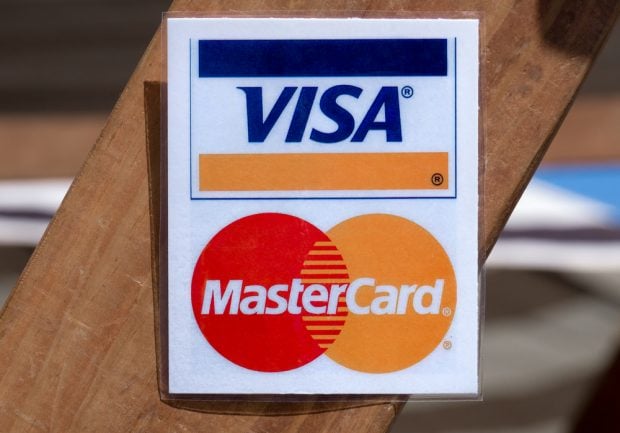 Dear Editor,
Dear Editor,
I enjoyed reading the recent Credit Union Times issue,“Extra Special Times.” The articles about the cash managementtimeline starting in 1990 were very interesting. However, I canstill recall some of the overall managing of cash prior to 1990.The evolution started way before 1990 (i.e., lockboxes go back tothe late 1950s).
|In the early 1960s, funding totals were deposited indisbursement accounts on the day the checks were issued. Thefunding took place even before the mailman picked up the mail. Onaverage, these checks cleared the disbursement accounts six daysafter issuance. Managing “float” was a very profitable, rewardingexperience. I had the responsibility of managing the cash flow of aFortune 50 corporation for more than 28 years (from 1961 to 1990).One can imagine the reaction I created from the CFO and externalauditors when I proposed funding disbursement accounts four to sixdays after the checks were booked. Daily overdrawn cash accountswere adjusted at the end of each accounting period in order toreflect positive cash balances. Our CFO used to say that theTreasury Department was the player and the accountants were thescorekeepers. Mail time between points, payee processing time andFederal Reserve clearing time were the basic elements ofdisbursement float. Primary disbursement vehicles were zero balanceaccounts, controlled disbursement accounts and payable thru draftaccounts.
|On the collection side, lockboxes were used to receive cashreceipts. The use of lockboxes enhanced collection time by morethan two days on average daily collections. Assuming $100 millionof managed float in the 1980s, with interest rates ranging in thehigh teens, peeking out around 19% ($100 million at 19% equals $19million) that would go right to the bottom line.
|Investments and borrowing for large corporations was primarilyin the commercial paper market. Collected balances were used to payfor banking services and credit line compensation. As you mayrealize, this is just a very brief outline of what cash managementwas all about during this period.
|I served a three-year term on the board of the NationalCorporate Cash Management Association. The name changed to TreasuryManagement Association while I was a board member. I was also oneof the founders and a president of the Cincinnati Cash ManagementAssociation.
|After retiring from corporate life, I worked for a Cincinnatibank for five years, primarily “selling what I used to buy.”
|I have served as a director of MidUSA Credit Union for 18 yearsand currently serve as board secretary. MidUSA Credit Union datesback to 1934. As I mentioned, reading these articles about theevolution of the Federal Reserve and banking systems since 1990brings back memories of the old physical presentment days. (TheFederal Reserve float is dead.)
|I decided to write this note after reading the Timesand receiving a Christmas card from another cash management oldtimer, Ken Parkinson. Ken was the founder and editor of theCash Management Journal.
|Jim Kraft
|Board Secretary
|MidUSA Credit Union
|Franklin, Ohio
Complete your profile to continue reading and get FREE access to CUTimes.com, part of your ALM digital membership.
Your access to unlimited CUTimes.com content isn’t changing.
Once you are an ALM digital member, you’ll receive:
- Critical CUTimes.com information including comprehensive product and service provider listings via the Marketplace Directory, CU Careers, resources from industry leaders, webcasts, and breaking news, analysis and more with our informative Newsletters.
- Exclusive discounts on ALM and CU Times events.
- Access to other award-winning ALM websites including Law.com and GlobeSt.com.
Already have an account? Sign In
© 2024 ALM Global, LLC, All Rights Reserved. Request academic re-use from www.copyright.com. All other uses, submit a request to [email protected]. For more information visit Asset & Logo Licensing.









